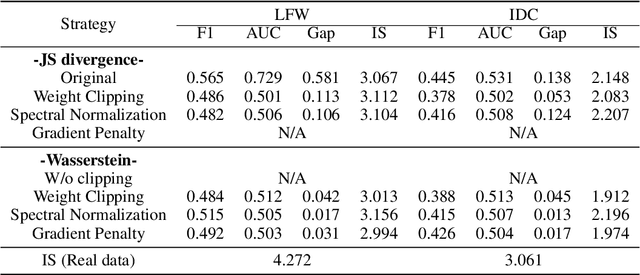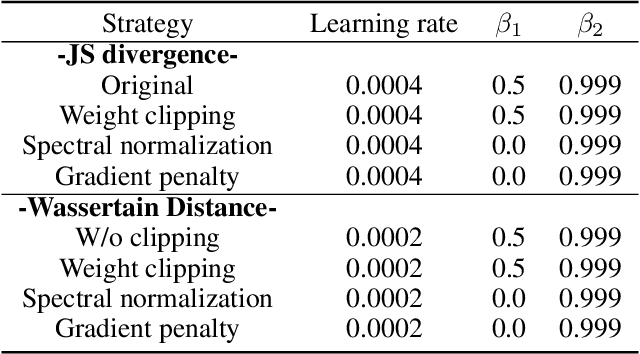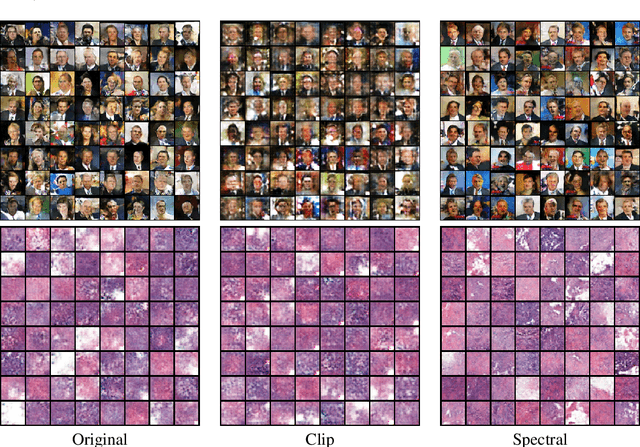Haoyang Xu
Planning as In-Painting: A Diffusion-Based Embodied Task Planning Framework for Environments under Uncertainty
Dec 02, 2023Abstract:Task planning for embodied AI has been one of the most challenging problems where the community does not meet a consensus in terms of formulation. In this paper, we aim to tackle this problem with a unified framework consisting of an end-to-end trainable method and a planning algorithm. Particularly, we propose a task-agnostic method named 'planning as in-painting'. In this method, we use a Denoising Diffusion Model (DDM) for plan generation, conditioned on both language instructions and perceptual inputs under partially observable environments. Partial observation often leads to the model hallucinating the planning. Therefore, our diffusion-based method jointly models both state trajectory and goal estimation to improve the reliability of the generated plan, given the limited available information at each step. To better leverage newly discovered information along the plan execution for a higher success rate, we propose an on-the-fly planning algorithm to collaborate with the diffusion-based planner. The proposed framework achieves promising performances in various embodied AI tasks, including vision-language navigation, object manipulation, and task planning in a photorealistic virtual environment. The code is available at: https://github.com/joeyy5588/planning-as-inpainting.
Generalization in Generative Adversarial Networks: A Novel Perspective from Privacy Protection
Sep 25, 2019



Abstract:In this paper, we aim to understand the generalization properties of generative adversarial networks (GANs) from a new perspective of privacy protection. Theoretically, we prove that a differentially private learning algorithm used for training the GAN does not overfit to a certain degree, i.e., the generalization gap can be bounded. Moreover, some recent works, such as the Bayesian GAN, can be re-interpreted based on our theoretical insight from privacy protection. Quantitatively, to evaluate the information leakage of well-trained GAN models, we perform various membership attacks on these models. The results show that previous Lipschitz regularization techniques are effective in not only reducing the generalization gap but also alleviating the information leakage of the training dataset.
 Add to Chrome
Add to Chrome Add to Firefox
Add to Firefox Add to Edge
Add to Edge